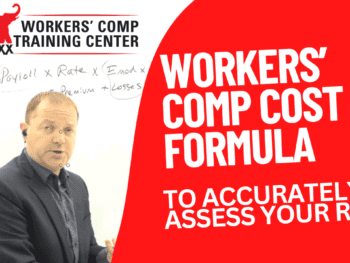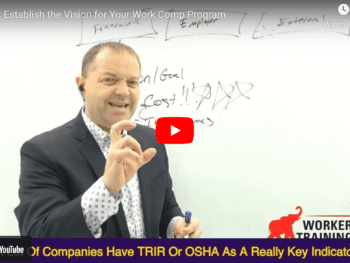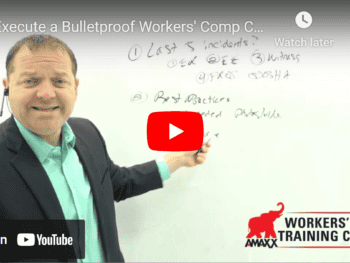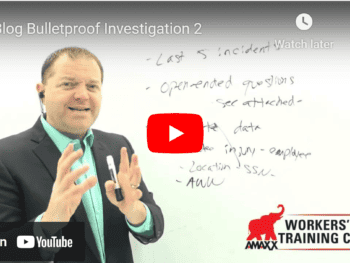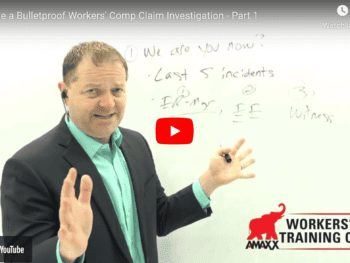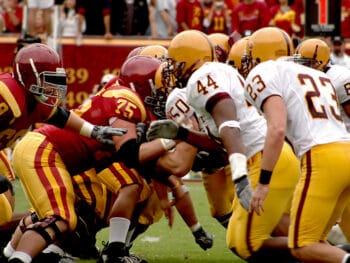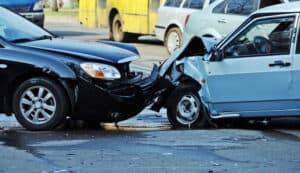
Nature and Extent of the Accident
Members of the claim team need to ask additional questions and, if possible, obtain post-accident photographic evidence. There are often tell-tale signs that allow claim handlers to determine the speeds involved and the nature of the impact:
- Airbag deployment: Government standards have been developed using sensors built into cars and automobiles to detect when a collision occurs, only deploy given the force caused by the accident. These sensors only deploy corresponding airbags to protect the vehicle occupants (front, side, or head curtain airbags). In many low-speed accidents, the airbag, when functioning correctly, will not deploy.
- Broken glass: The glass used in automobiles is designed only to break after exerting a specified force. Unlike a glass jar that stores food, windshield glass will not break when force is exerted at low speeds.
Click Link to Access Free PDF Download
“How Do I Get My Adjusters To Follow My Account Handling Instructions?”
- Fluid leakage: Automobiles use different fluids to operate the engine, power steering, and brakes. The lines carrying these fluids will severely spill onto the pavement at high speeds. The absence of fluid on the driving surface is often a tell-tale sign of a low-speed impact.
The claim management team members who focus on workers’ compensation claims should contact team members in other areas with questions and best practices on handling claims involving motor vehicle accidents.
Use of Chiropractic Care to Treat Injuries
Chiropractic care is often the form of medical care used by employees suffering injuries following a motor vehicle accident. This is a red flag that should demand extra scrutiny when reviewing medical records and billing statements for these providers to ensure the employee is making progress in their recovery.
- Demand Evidence of a Treatment Plan: Chiropractors are required to state in their treatment records a reasonable treatment plan. This should include details expected of any other healthcare provider.
- Review Details of the Treatment: This includes a detailed description of the medical care and treatment provided. Evaluate carefully those records that tend to have repetitive treatments – especially where the chiropractor is copying/pasting notes from successive visits.
- Degree and Duration of Relief: Any form of medical care that does not provide relief after the acute phase of care should be questioned. This should include documentation that the employee is not seeing the chiropractor with the same frequency or on the same days of the week throughout care.
- Cost-effectiveness of Care: Carefully review and scrutinize all billing statements. Pay particular attention to applicable medical fee schedules for services rendered by a chiropractor.
These are some factors experienced claim handlers use when evaluating post-MVA medical care with a chiropractor. When doubts seek to roundtable the claim, consider an independent medical examination and/or consult with an internal medical director regarding the next steps.
Immediate Post-Injury Medical Care
Part of any claim investigation following a motor vehicle accident should include the names of all law enforcement and emergency medical services reporting to the scene. The institute should include the names of tow truck companies and other service providers, such as a department of transportation officials that are a part of the investigation.
Signals of a low-speed accident include the lack of immediate emergency treatment. This will likely include the absence of an emergency room visit and/or transportation to a hospital via ambulance.
Conclusions
Now is the time for claim handlers who focus on workers’ compensation claims to take a crash course in injuries resulting from a motor vehicle accident. This requires the individuals to work as a team and collaborate on the underlying nature of the accident and warnings the employee may be taking advantage of the situation. This includes the tell-tale signs of a low-speed accident and medical care focused on a chiropractor. It is also essential to focus on the post-injury response by law enforcement and others. Now is the time to consider these factors to reduce workers’ compensation program costs.

Contact: [email protected].
Workers’ Comp Roundup Blog: http://blog.reduceyourworkerscomp.com/
©2023 Amaxx LLC. All rights reserved under International Copyright Law.
Do not use this information without independent verification. All state laws vary. You should consult with your insurance broker, attorney, or qualified professional.



